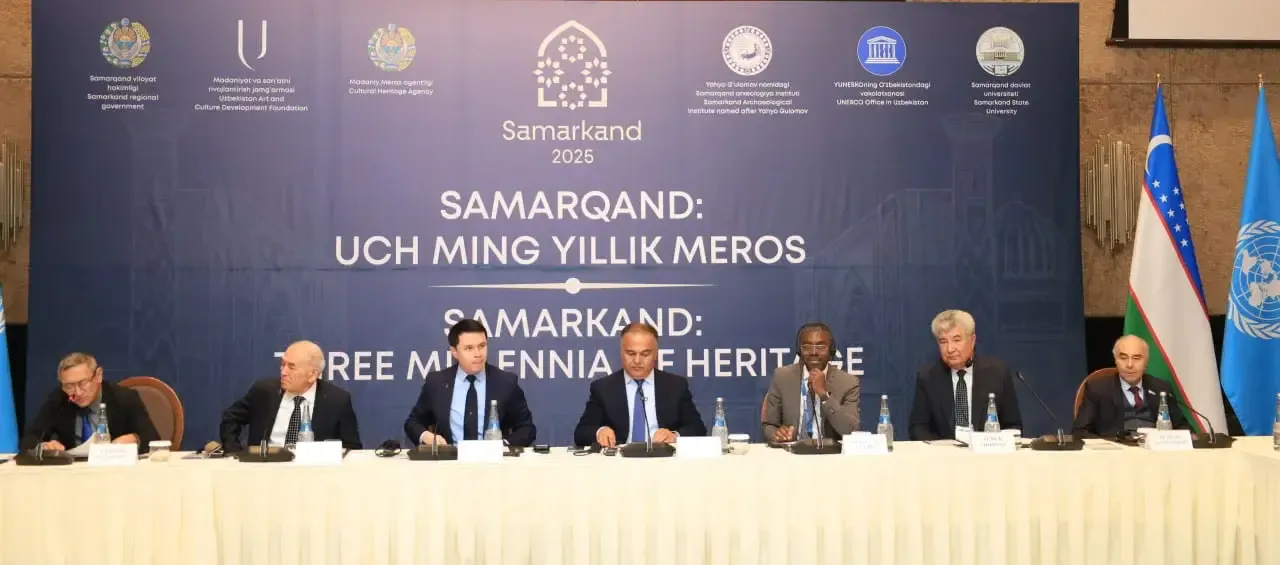
The 43rd session of the UNESCO General Conference hosted an international conference on the theme "Samarkand: A 3000-Year Legacy." This was reported by Zamin.uz.
This event attracted not only historians but also the global community. The conference was held to scientifically study the ancient history of Samarkand and to broadly highlight its place in civilization.
Historians, archaeologists, and cultural heritage experts from Uzbekistan and foreign countries participated in the event. At the opening of the conference, speeches were delivered by Adiz Boboyev, Acting Governor of Samarkand Region; Elmurod Najimov, Deputy Director of the Department for Creative Economy and Tourism under the Presidential Administration; and Lazar Eloundou Assomo, Director of the UNESCO World Heritage Centre.
According to experts, Samarkand holds significant importance not only for Uzbekistan but also for the culture of all humanity. During the event, the results of excavations at archaeological sites such as Afrosiyob, Koktepa, and Qal’ai Afrosiyob were discussed.
The discovered artifacts proved that the earliest settlements in this area date back to the 2nd millennium BCE. Scientific research concluded that the history of Samarkand is at least 3000 years old.
This is a revision based on new scientific evidence compared to the previous estimate of 2750 years. According to a joint statement by UNESCO and the Government of Uzbekistan, Samarkand's age is now officially recognized as 3000 years.
This decision is of great importance in strengthening Samarkand's position in world culture and history. The city has now earned the status of a "three-thousand-year-old city" as an integral part of the world cultural heritage.
This historical recognition once again highly acknowledged Samarkand's rich history, culture, and architectural monuments.






